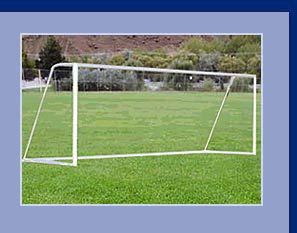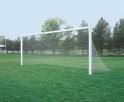(This Boston Accident and Injury Lawyer Blogpost is the Last in a Three Part Analysis of a Recent U.S. Appeals Court Ruling involving defamation, public officials and the news media Click here to view Part One and Click Here to view Part Two)
PART THREE : THE COURT RULES ON THE DEFAMATORY BROADCAST
As stated previously, under Maine common law, a plaintiff alleging defamation must show a false and defamatory statement published without privilege to a third party resulting in harm to the plaintiff.
 In the lower court proceeding, the defendants had contended that the various statements made on the show and attributed to Levesque either were not defamatory or, because Levesque had stipulated that he was a public official, it could not be shown that they were made with actual malice. The district court held that the statements were protected on multiple grounds. It found the “hate crime” comments substantially true and mention of the “anti-ham response plan” protected as “rhetorical hyperbole”.
In the lower court proceeding, the defendants had contended that the various statements made on the show and attributed to Levesque either were not defamatory or, because Levesque had stipulated that he was a public official, it could not be shown that they were made with actual malice. The district court held that the statements were protected on multiple grounds. It found the “hate crime” comments substantially true and mention of the “anti-ham response plan” protected as “rhetorical hyperbole”.
However, the lower court determined that the ham sandwich and the “ham is not a toy” comments were materially false, reasonably susceptible of a defamatory meaning, and highly offensive. Yet the court believed that Levesque had failed to demonstrate that the defendants had acted with constitutional malice when they made the defamatory comments.
The Court of Appeals agreed, finding that most, but not all of the statements attributed to the Plaintiff were largely true, although laced with “imaginative expression” or “rhetorical hyperbole”, which it concluded were protected speech.









